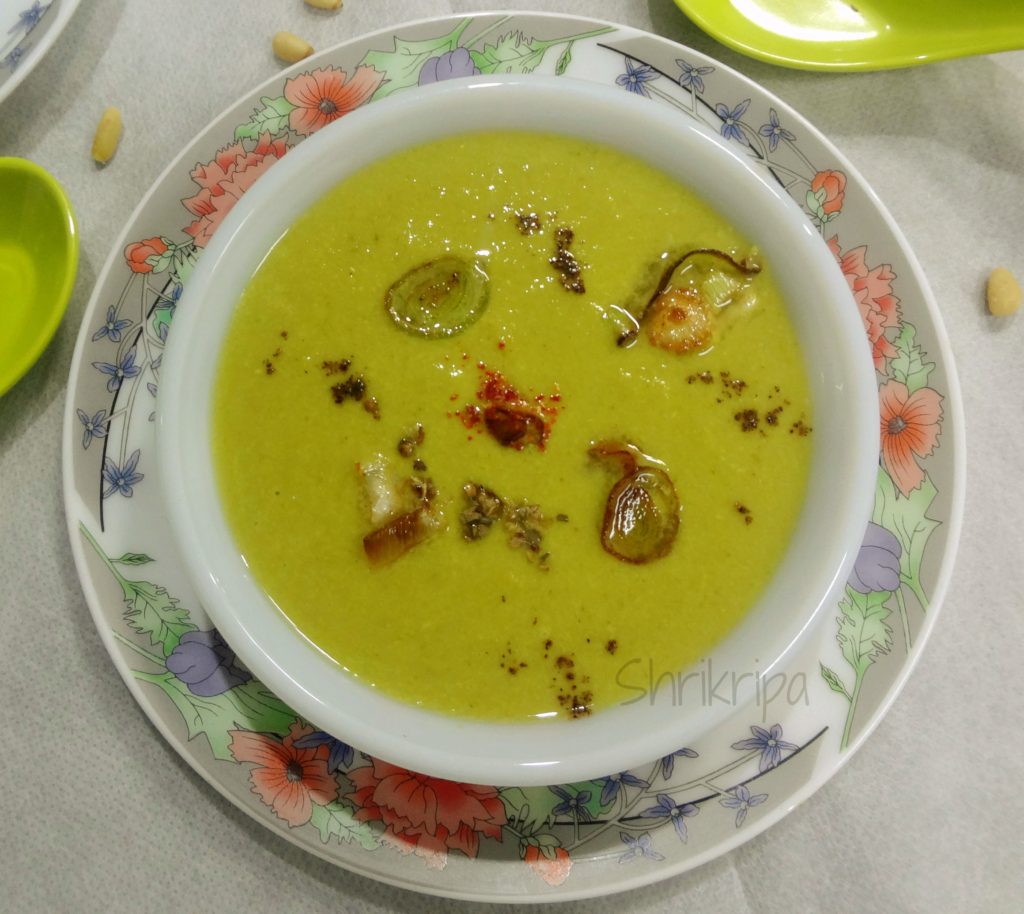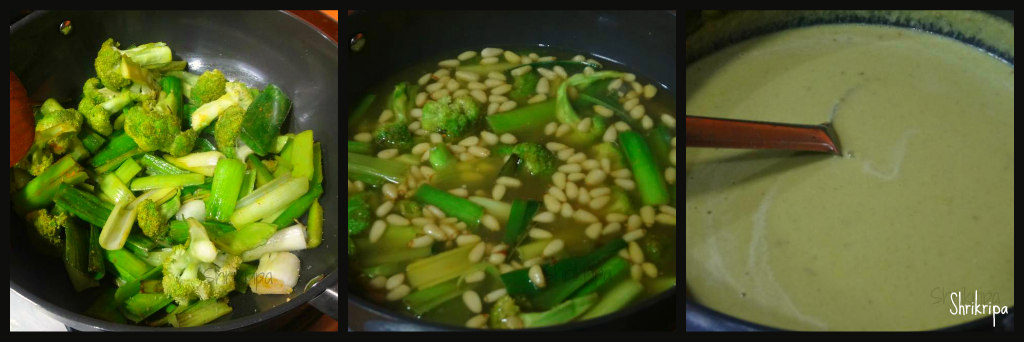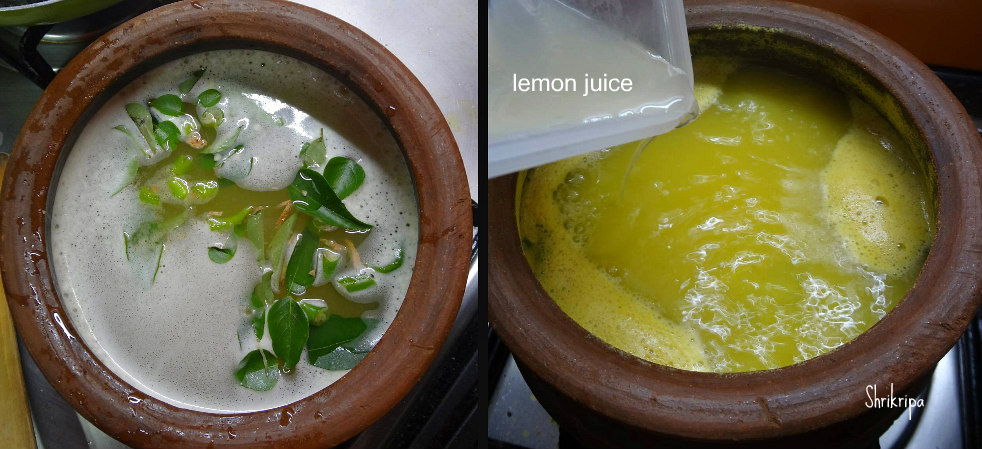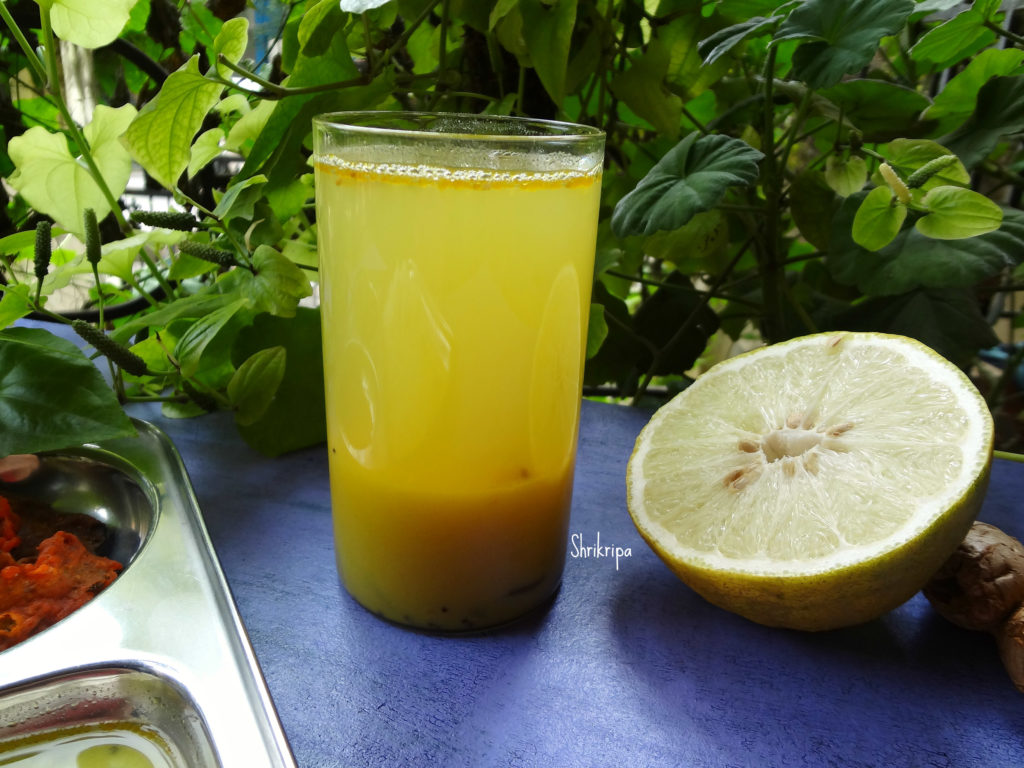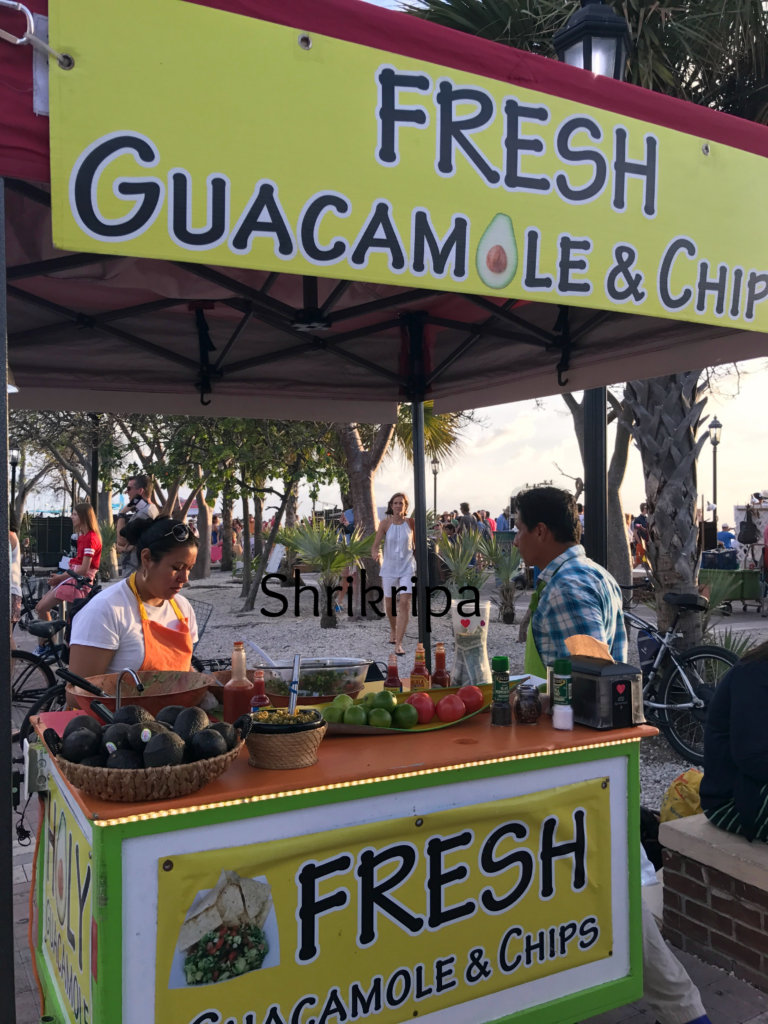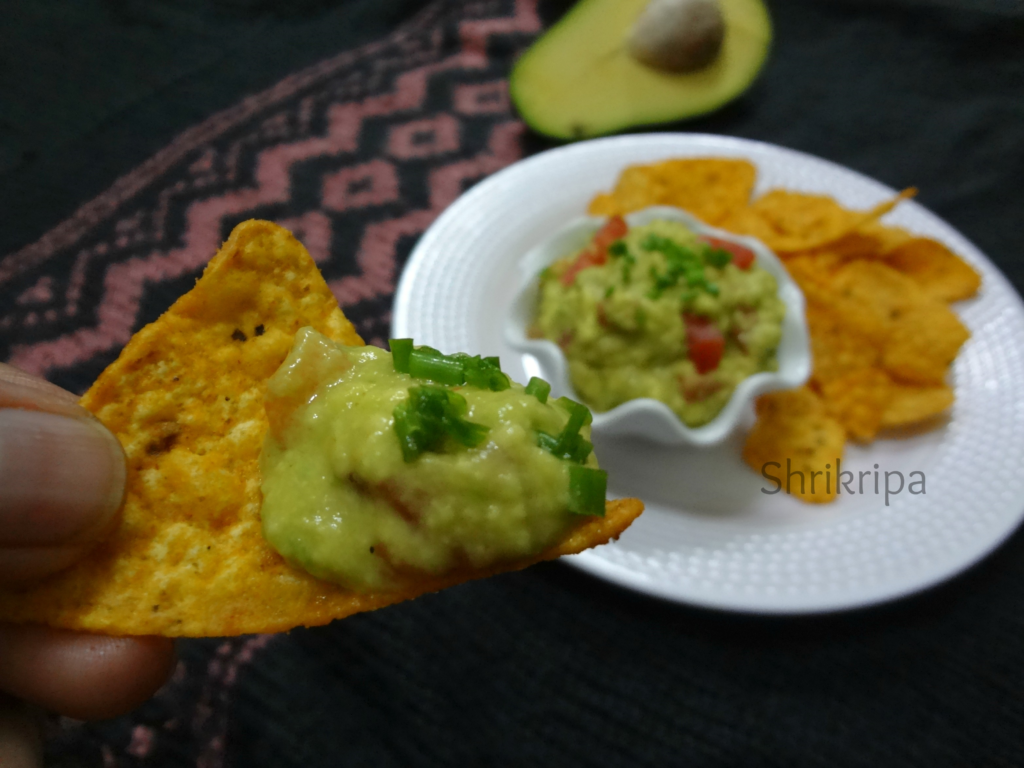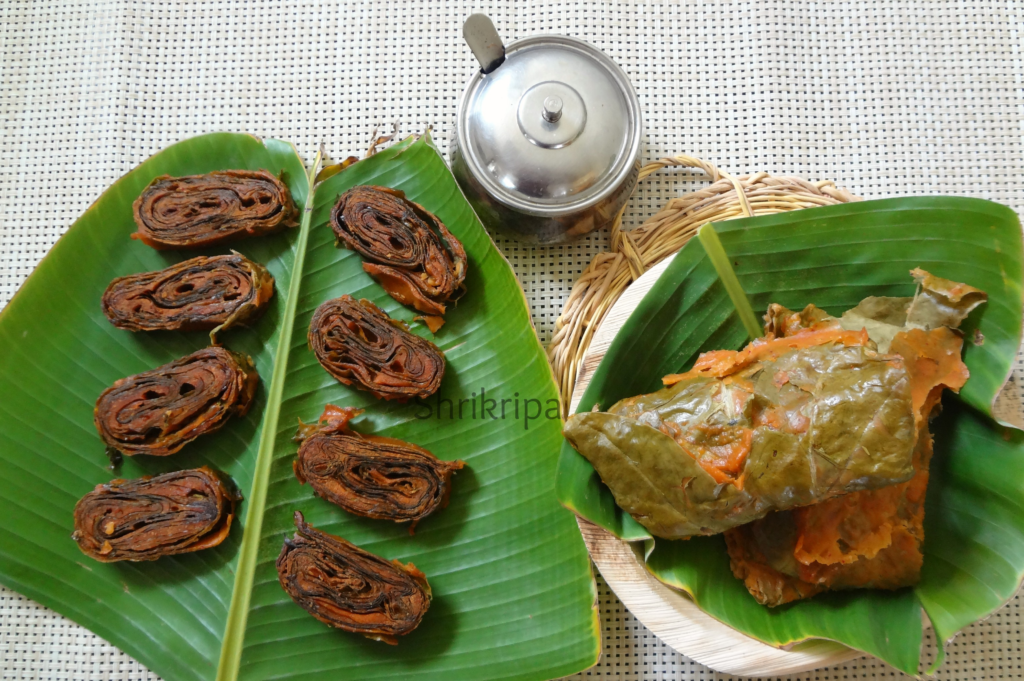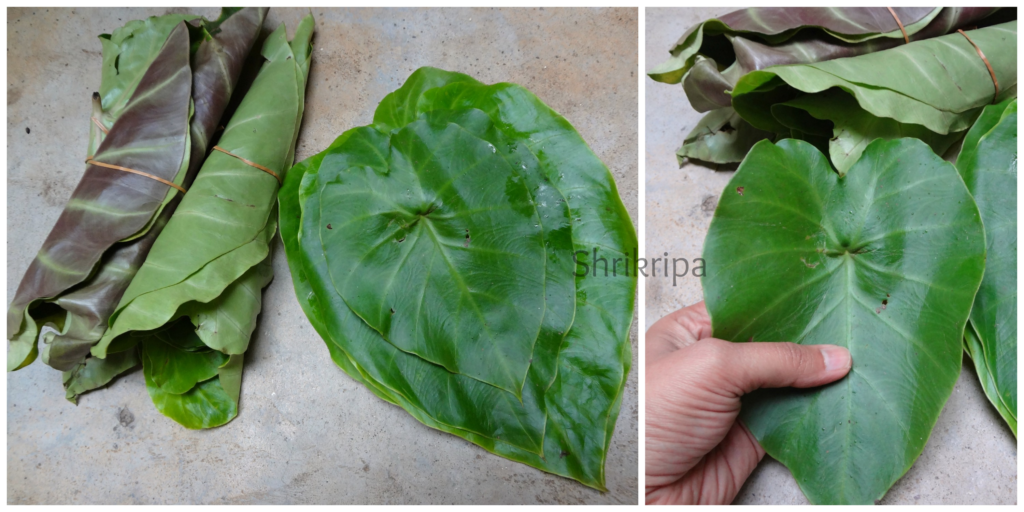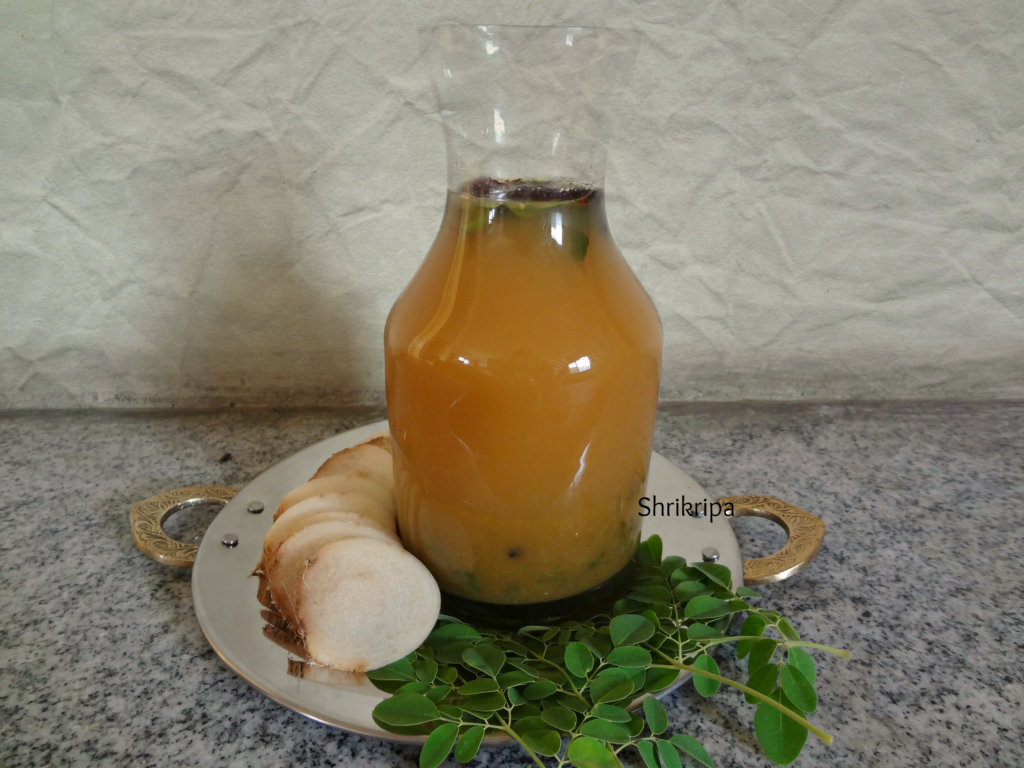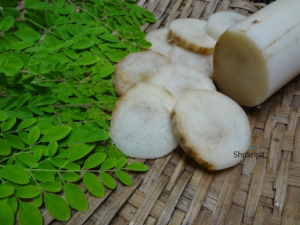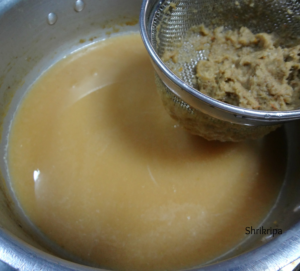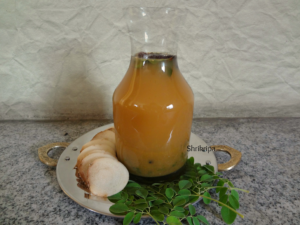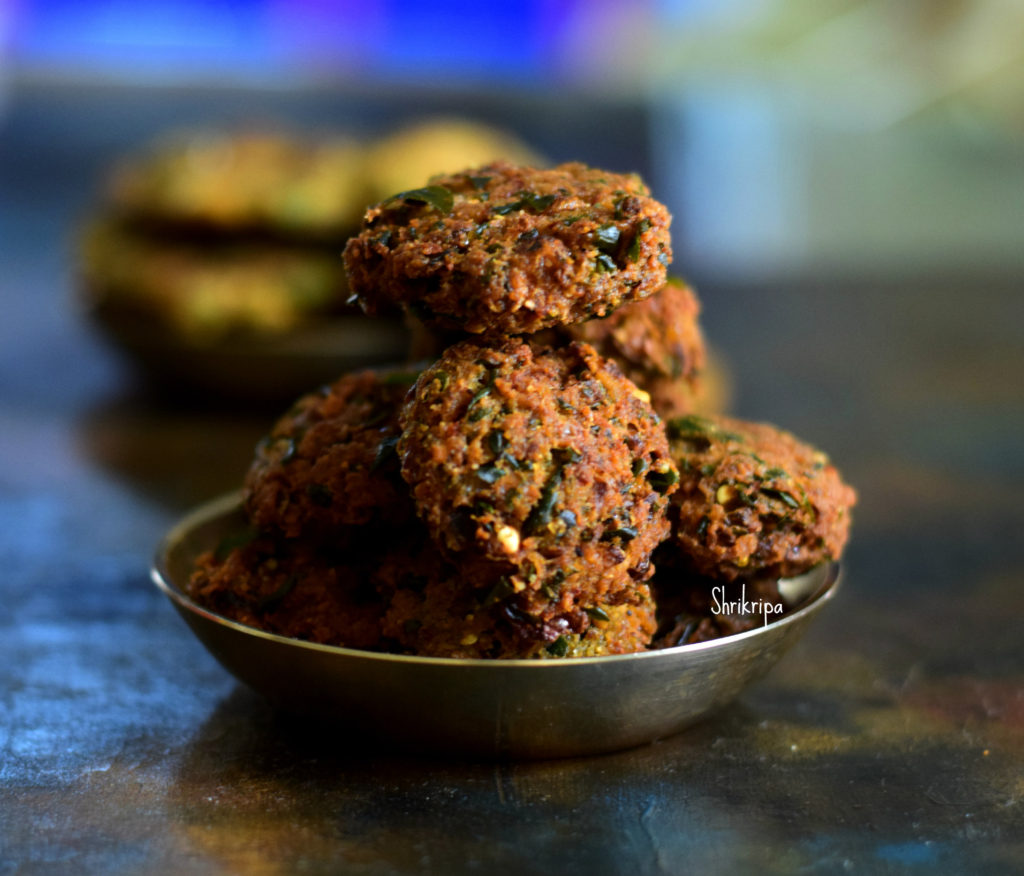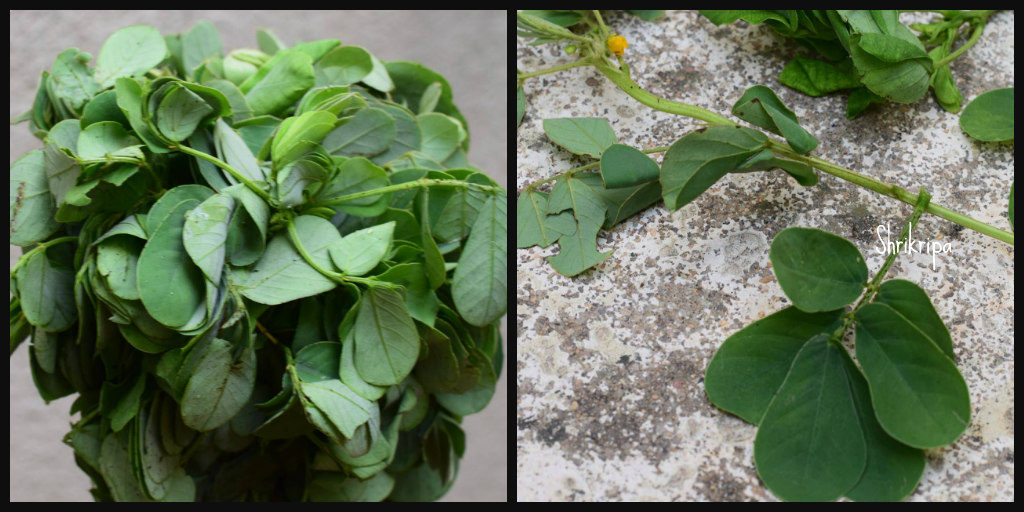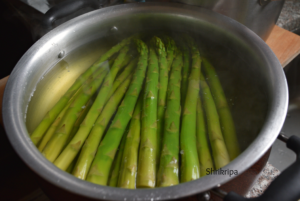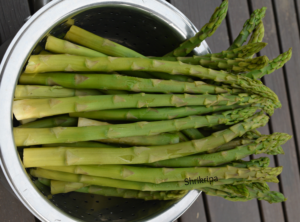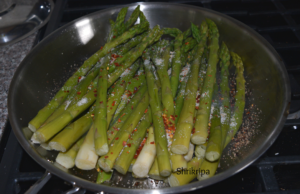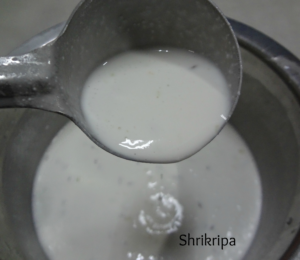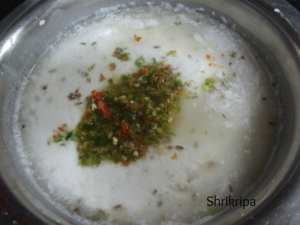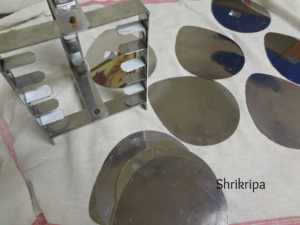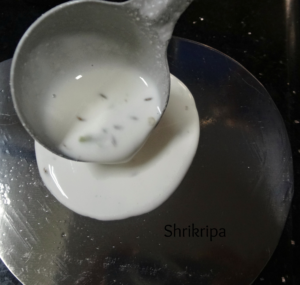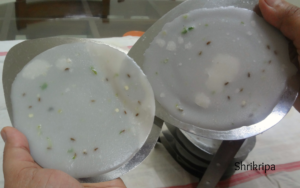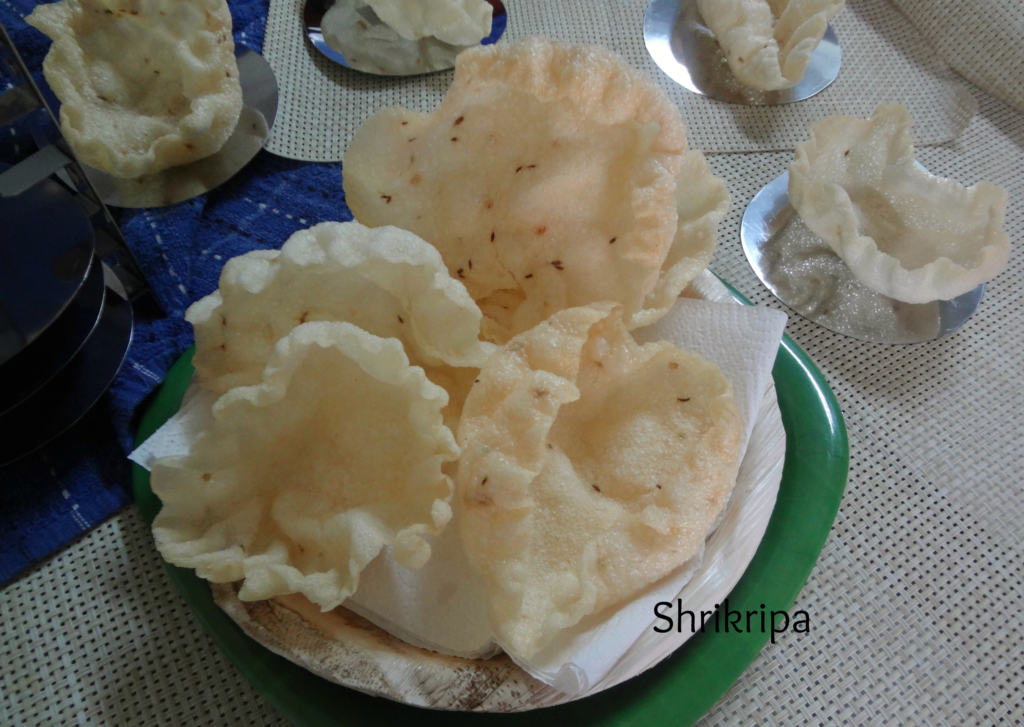Baby potatoes are naturally sweetish with thin outer skin. I usually don’t peel baby potato skin, due to its richness in taste as well as vitamins and minerals as well. This potato fry tastes great as it is or as a side dish with plain dal or Rasam.
I am preparing this potato fry from so many years and my guests usually love this and ask for the recipe, so I thought of sharing the recipe with my readers, as well. It is made with very minimal oil and one can indulge in it, as much as they want.
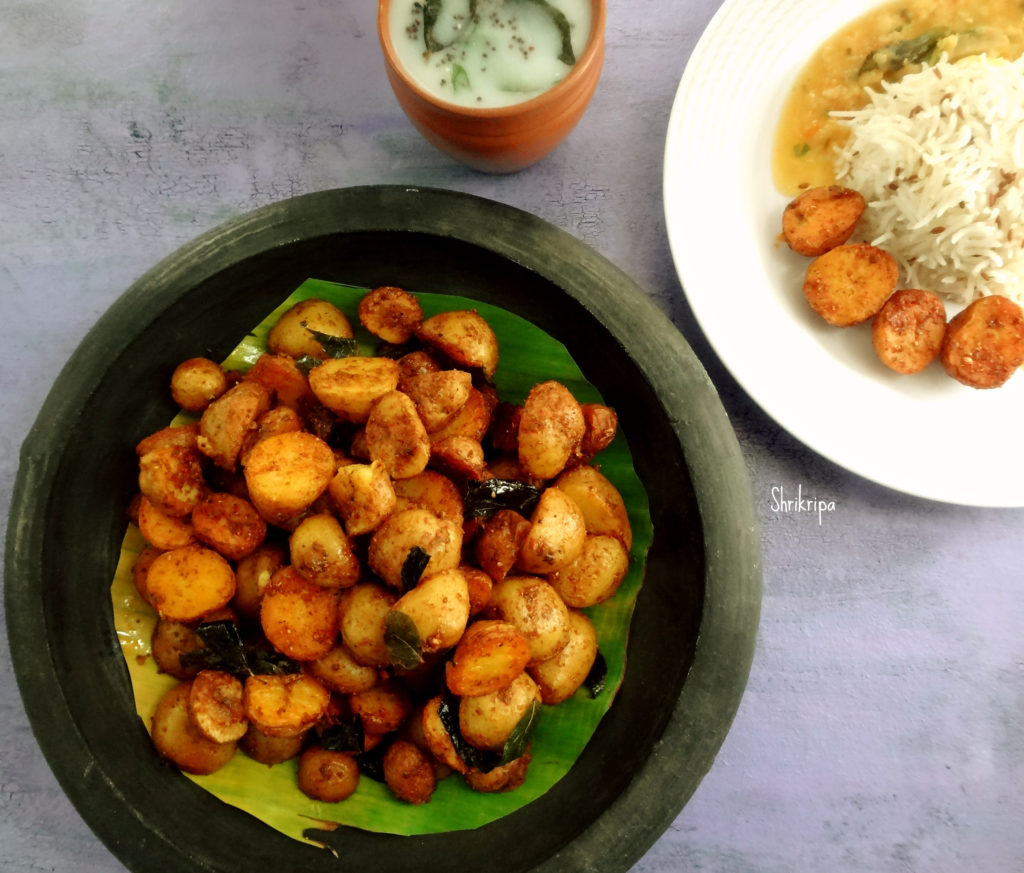
How I make:
Ingredients:
Baby potatoes – ½ kgs
Salt- as needed
Oil – 2 table spoons
Curry leaves – 2 springs
Turmeric – ½ tea spoon
Red chilli powder – 1 tea spoon
Coriander powder – 1 tea spoon
Garam masala powder – ½ tea spoon
Amchur/ dry mango powder – ½ tea spoon
Method:
-Soak baby potatoes for some time, scrub a little and clean properly.
-Cut all the potatoes in half.
-Take water in a sauce pan, boil, add halved potatoes in this water and cook until it is tender but firm.
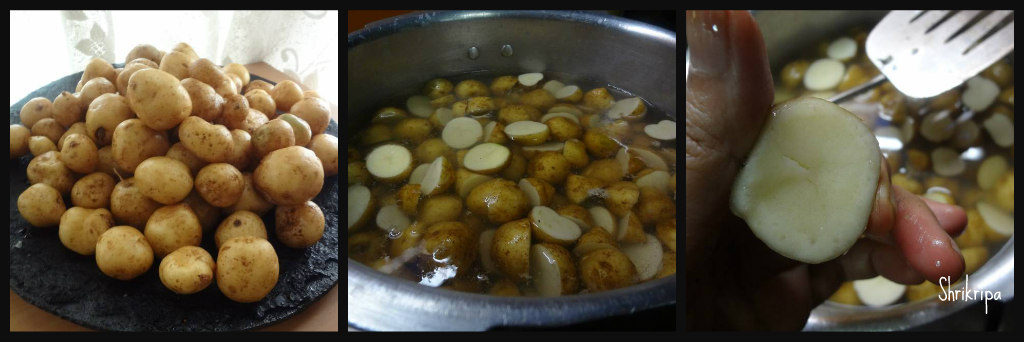
-When you keep the potatoes in between your thumb and fore finger and press, it should crack.
-Switch off the gas, drain the water.
-Now take one tawa, heat oil, splutter curry leaves, add drained potato pieces and fry for 2 to 3 minutes.

-Add all the powders, salt and fry until you get a little charred texture.
-Check the taste and adjust the masala accordingly.
-Serve either as a starter or side dish with rice and dhal.
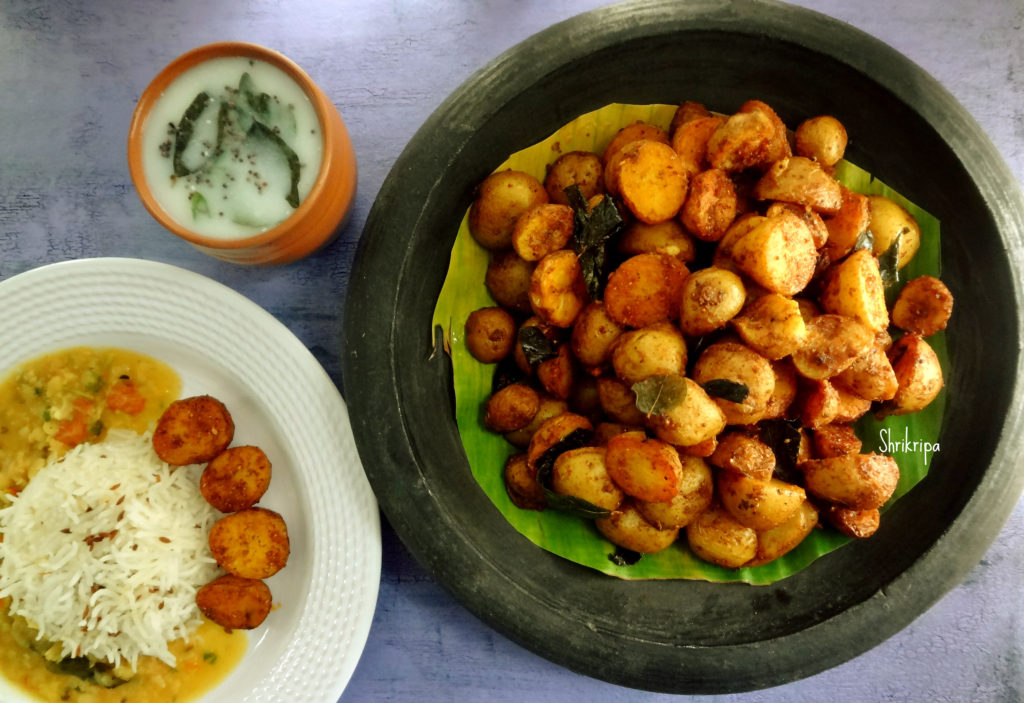
NOTE: If you have Ready Tawa fry masala (MDH brand) use 3 to 4 tsp of that, omit coriander powder, garam masala, red chilli powder and amchur powder.

